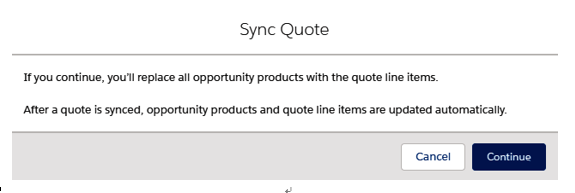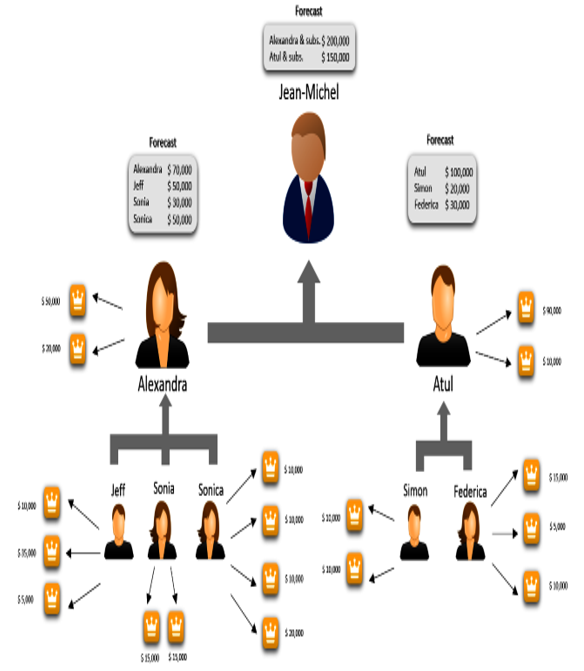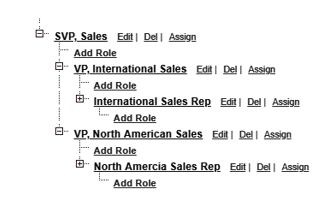Quote versus opportunity synchronization
The last important feature of quotes is that we can align a quote’s line items to its opportunity’s products. To do this, click on the Start Sync button (it may be hidden next to the Create PDF button).
A message will warn us that any info about opportunity products will be replaced by the quote line items:

Warning message upon quote sync activation
From now on, until you click the Stop Sync action, any change to the quote’s products are synced back to its opportunity, and vice versa.
There can be only one synchronized quote at a time.
Once opportunities and quotes are created, the deal proceeds to be, hopefully, closed by all the sales reps of our company. Using forecasts, sales managers can predict the expected revenue for all opportunities involved in their sales department. Let’s discuss this in more depth.
Predicting deals with forecasts
A forecast is a prediction of the expected sales revenue of all the deals involved in a defined time frame. They are important for sales managers and, more generally, for the company’s business people because they allow proper sales strategy planning.
Opportunities are the core source of data for forecasts because their amounts and quantities roll up over time, depending on their stages and other key data (such as close date, owner, products, and territory). Do you remember the Probability and Forecast Category fields on the Opportunity object? They are used in forecasts to segment and group opportunity data (no surprise that a 10% probability opportunity has a smaller impact on forecasts than a 90% probability one).
Change forecast categories values from Setup | Object Manager | Opportunity | Fields & Relations | Forecast Category to align them to the company’s sales strategy.
To better understand what forecasts are, let’s have a look at the following diagram:

Example of the forecasting hierarchy
This diagram shows a company’s hierarchy:
- Jean-Michel is the SVP of Sales
- Alexandra is the VP of International Sales
- Atul is the VP of North America Sales
- Jeff, Sonia, and Sonica are sales reps of the International Sales division
- Simon and Federica are sales reps of the North America Sales division
The following diagram shows an excerpt from the company’s role hierarchy:

Role hierarchy example
Forecasts allow each manager to have a look at all their sales opportunities and have roll-up values of all involved revenues.
The Salesforce platform delivers two kinds of forecasting:
- Customizable forecasting
- Collaborative forecasting
Customizable forecasting will be retired in the Summer ’20 release. If you want more details on how this feature works, refer to https://help.salesforce.com/articleView?id=customizable_forecasting_intro.htm&type=5.
For the differences between collaborative and customizable forecasts, refer to https://help.salesforce.com/articleView?id=faq_forecasts3_whats_difference_between_versions.htm&type=5.
In this section, we’ll dig into collaborative forecasting.
